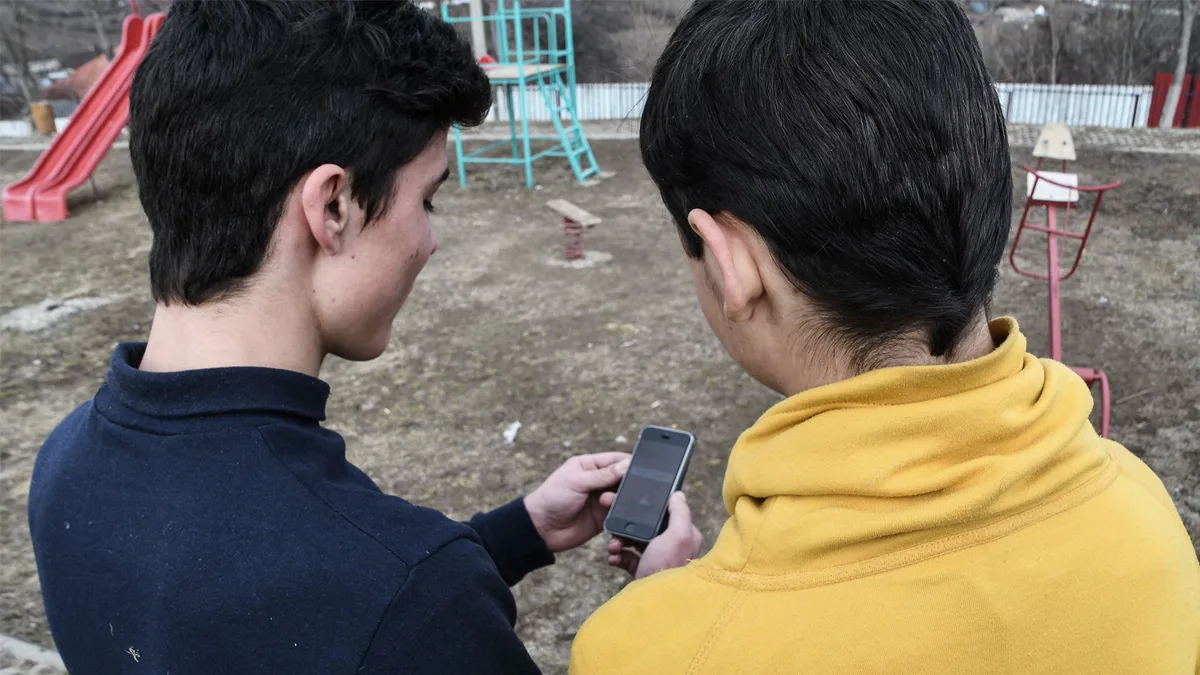Denmark- April 2024- WHO/Europe released the second volume of the Health Behaviour in School-aged Children (HBSC) study, which focuses on patterns of bullying and peer violence among adolescents across 44 countries and regions. While the overall trends in school bullying have remained stable since 2018, cyberbullying has increased, magnified by the increasing digitalization of young people’s interactions, with potentially profound impacts on young lives.
Some of the key findings include the following.
• Bullying others at school: An average of 6% of adolescents engage in bullying others at school. This behavior is more prevalent among boys (8%) compared to girls (5%).
• Being bullied at school: Approximately 11% of adolescents have been bullied at school, showing no significant difference between boys and girls.
• Cyberbullying others: About 12% (1 in 8) of adolescents report cyberbullying others. Boys (14%) are more likely to report cyberbullying than girls (9%). Notably, this reflects an increase from 2018, with boys up from 11% and girls from 7%.
• Being cyberbullied: 15% of adolescents (around 1 in 6) have experienced cyberbullying, with the rates closely aligned between boys (15%) and girls (16%). This represents an increase from 2018, from 12% to 15% for boys and 13% to 16% for girls.
• Physical fighting: 1 in 10 adolescents has been involved in physical fights, with a noticeable gender difference: 14% of boys versus 6% of girls.
Gender-specific trends and solutions
The findings reveal gender differences in bullying behaviour. Boys exhibit a higher tendency towards aggression and engagement in physical fights, underscoring the urgent need for interventions focused on emotional regulation and positive social interactions. Conversely, the increase in bullying among girls, especially through cyberbullying, calls for targeted gender-sensitive solutions that promote digital safety, empathy, and inclusive school cultures.
Cyberbullying: a growing concern
Cyberbullying introduces unique challenges for adolescents, extending beyond the school gates into the perceived safety of their homes and personal lives. The latest data from 2018 to 2022 shows a concerning increase in cyberbullying, with boys cyberbullying others rising from 11% to 14% and girls from 7% to 9%. Similarly, boys’ reports of cyberbullying escalation from 12% to 15%, while girls’ reports increase from 13% to 16%. With adolescents spending an increasing amount of time online, these figures highlight the urgent need for interventions involving educators, parents, community leaders, and policy-makers to foster digital literacy and safety.
In light of these challenges, Dr Joanna Inchley, HBSC study International Coordinator, emphasized, “The digital world, while offering incredible opportunities for learning and connecting, also amplifies challenges like cyberbullying. This calls for comprehensive strategies to protect our young people’s mental and emotional well-being. It’s crucial for governments, schools, and families to collaborate on addressing online risks, ensuring adolescents have safe and supportive environments in which to thrive.”
“This report is a wake-up call for all of us to call out bullying and violence, whenever and wherever it happens,” stated Dr Hans Henri P. Kluge, WHO Regional Director for Europe. “With young people spending up to 6 hours online every single day, even small changes in the rates of bullying and violence can have profound implications for the health and well-being of thousands. From self-harm to suicide, we have seen how cyberbullying in all its forms can devastate the lives of young people and their families. This is both a health and a human rights issue, and we must step up to protect our children from violence and harm, both offline and online.”
To this end, WHO/Europe has recently published its first-ever position paper on protecting children from online harms. It will support governments in formulating consistent requests to technology companies, with the overall goal of securing healthy online environments in which children can thrive.
Mobilizing stakeholders for evidence-based interventions
The findings of the HBSC study underscore the complexity of adolescent bullying and peer violence and the critical role that societal, cultural, and technological factors play in shaping these behaviours. By providing a detailed overview of current trends and challenges, the report offers valuable guidance for stakeholders at all levels in their efforts to improve the health and well-being of young people across Europe, Central Asia, and Canada.
Also Read: New Survey Reveals Patients Receive Too Many Needlesticks
“Our mission is to ensure that every young person can thrive in an environment that promotes their health and development,” said Dr Joanna Inchley. “We need fast, comprehensive, and evidence-based interventions involving all levels of society, along with policies and programmes that cultivate empathy, respect, and resilience among adolescents. This is paramount.”
Investing in evidence-based interventions to combat bullying and peer violence not only supports adolescent well-being but also offers broader societal benefits, including reduced health-care costs associated with mental health issues and improved educational outcomes.



















